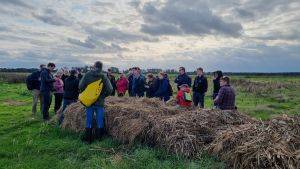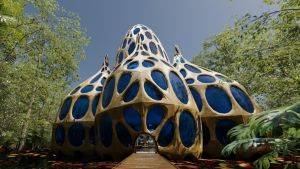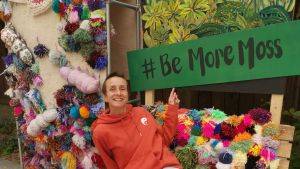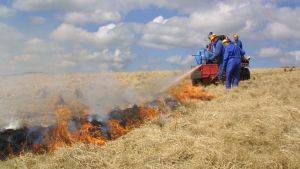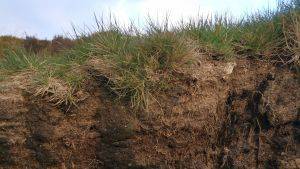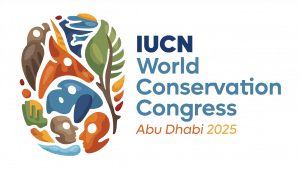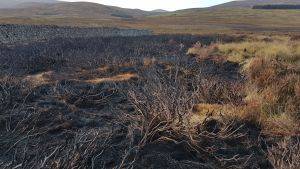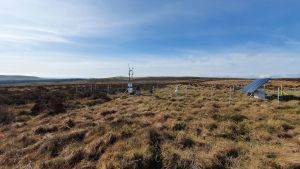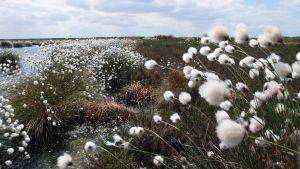Foulshaw Moss Nature Reserve
Introduction
Foulshaw Moss is the largest of three raised mires making up the Witherslack Mosses. In places the peat here is up to six metres deep. However drainage and tree planting has dried out areas of the bog, reducing the water table and cover of characteristic bog vegetation.
Restoration Delivered
Foulshaw Moss was acquired by Cumbria Wildlife Trust in 1998 and since then the Trust has worked to restore the bog by felling conifers, blocking internal ditches and rewetting areas of surrounding land. The hope is to raise water levels, so that bog-forming vegetation returns.
In addition, the Trust has put in place visitor facilities including boardwalks and a viewing platform.
Biodiversity
A large herd of red deer frequent the moss, and in summer common lizard can be seen. Adder and slow worm may also be fiynd,
Breeding birds included tree pipit, reed bunting, snipe and barn owl. Emperor and northern eggar moth, and large heath and green hairstreak butterflies can be seen in the areas of remnant bog vegetation (Sphagnum spp., cotton grass, cranberry and bog rosemary) at the northern end of the site.
Project Name: Foulshaw Moss Nature Reserve
Organisation / Lead partner: Cumbria Wildlife Trust
Location: Witherslack, Cumbria
Approximate area covered: 350 ha
Conservation Status: Site of Special Scientific Interest (SSSI), Special Area of Conservation (SAC), Nature Reserve (NR)
Predominately: Lowland
Peat Habitats: Lowland raised bog
Project Type: Restoration, Management
Year Project Began: 1998

